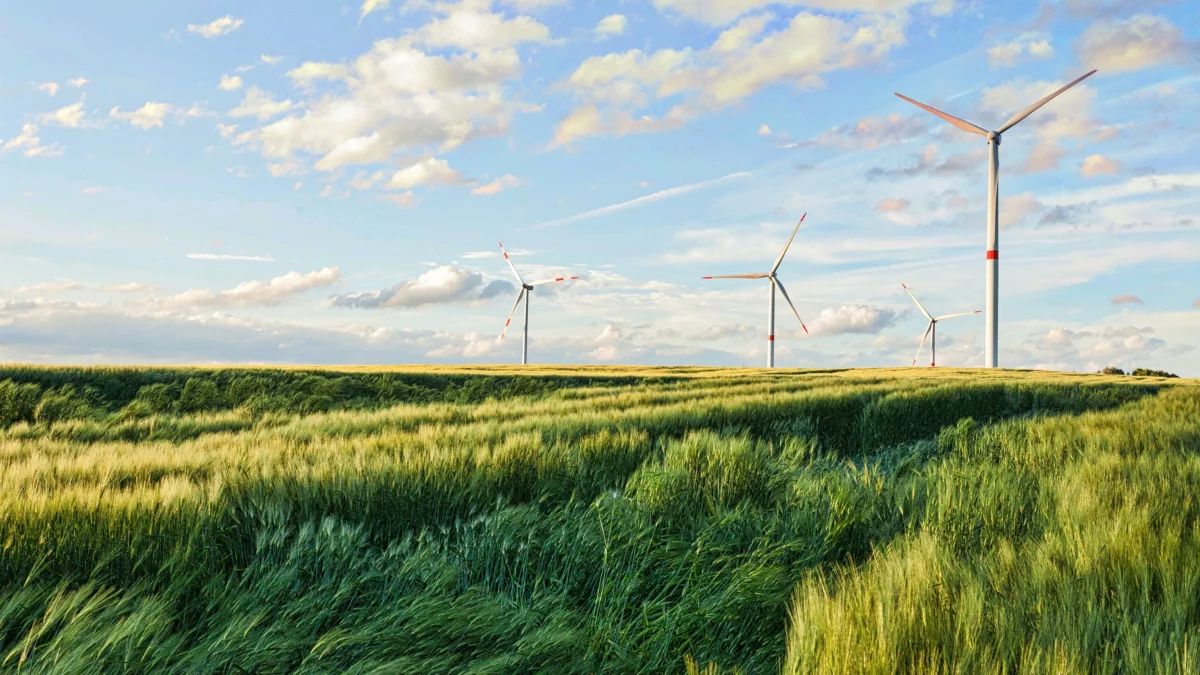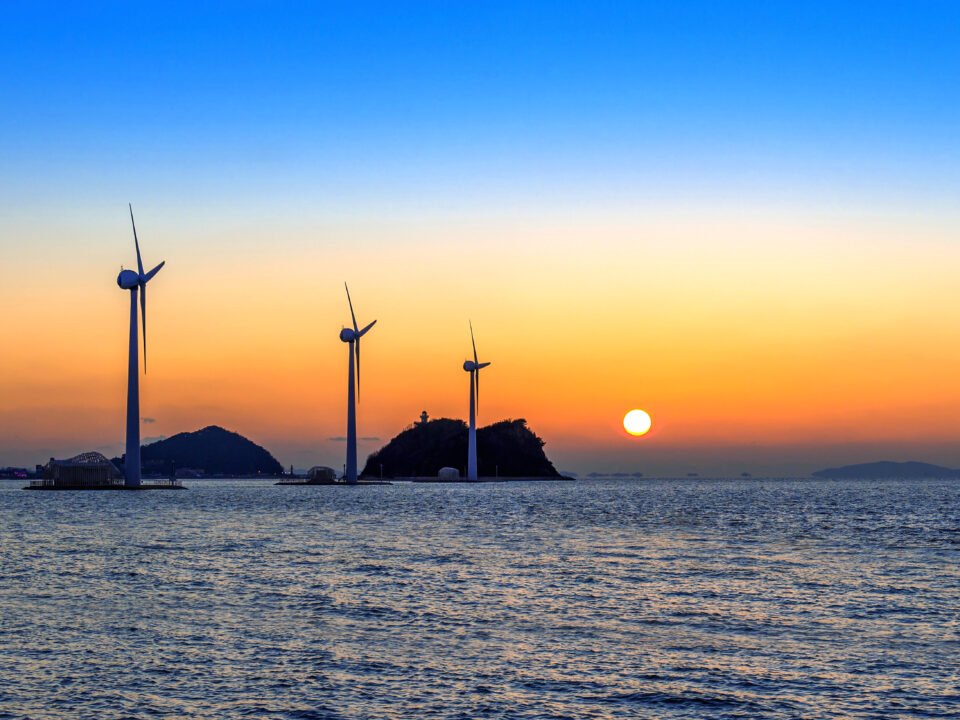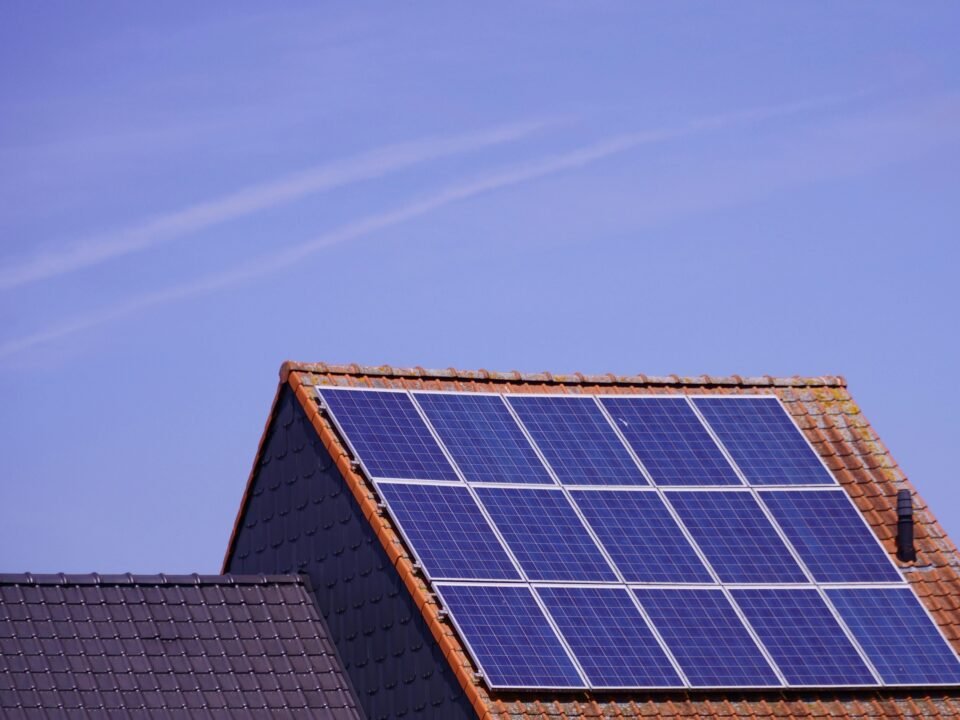Introduction
In the global shift toward sustainability, promoting renewable energy has become more than just a government or corporate initiative—it is now a community-driven mission. As the world faces growing energy demands and the urgent need to reduce carbon emissions, communities play a critical role in accelerating the transition to renewable energy sources such as solar, wind, and biomass. Grassroots action, local initiatives, and community-led projects are proving that change starts at the local level, shaping a cleaner and greener future for all.
This blog explores how communities contribute to promoting renewable energy, the benefits of such involvement, and the innovative ways local groups are leading the clean energy movement.
Why Communities Matter in Renewable Energy Adoption
Communities are the backbone of social and environmental change. They bridge the gap between large-scale renewable energy policies and individual action. When local groups and residents participate actively in energy initiatives, they create momentum that drives real-world transformation.
- Local Trust and Engagement:
People are more likely to support renewable projects when they are developed and managed locally. Community engagement builds trust, minimizes resistance, and enhances public understanding of the importance of clean energy. - Shared Responsibility:
Promoting renewable energy at the community level fosters a sense of ownership and shared responsibility. Residents who invest time, effort, or resources into renewable projects are more committed to their success. - Economic Empowerment:
Community-led renewable energy projects generate jobs, reduce energy bills, and keep profits within local economies. This encourages sustainable economic growth while reducing dependency on fossil fuel imports.
Community Approaches to Promoting Renewable Energy
Communities can contribute to renewable energy adoption in numerous creative and impactful ways. From cooperative ownership to education and policy advocacy, these actions combine to create long-lasting change.
1. Community-Owned Renewable Energy Projects
One of the most effective models for promoting renewable energy is community ownership. In such setups, local residents collectively invest in and manage renewable energy systems like solar farms or wind turbines. These projects ensure that both environmental and financial benefits stay within the community.
For instance, in countries like Germany and Denmark, community-owned wind energy projects have transformed rural areas into renewable powerhouses. Similarly, in India, cooperative solar farms in villages are empowering local communities to produce clean electricity and reduce energy poverty.
2. Education and Awareness Programs
A key step in promoting renewable energy adoption is raising awareness about its benefits. Communities that organize workshops, school programs, and public demonstrations help residents understand how renewable technologies work and why they are vital for the planet’s future.
When people are informed, they become more willing to invest in solar rooftops, support green policies, and shift to sustainable habits. Educational initiatives also dispel myths and highlight how renewable energy can be both affordable and reliable.
3. Energy Cooperatives and Local Partnerships
Energy cooperatives allow residents to pool resources for joint renewable energy investments. These partnerships make clean energy accessible even to those who cannot afford individual installations. Through shared ownership, cooperatives ensure that everyone benefits—whether through lower electricity costs, dividends, or energy security.
Local governments and non-profit organizations often collaborate with such cooperatives, offering technical assistance, subsidies, or policy support to scale up renewable energy efforts.
4. Policy Advocacy and Grassroots Movements
Communities also influence policy decisions by advocating for renewable-friendly laws and regulations. Grassroots organizations have historically played a vital role in shaping energy policies worldwide. Through petitions, awareness campaigns, and public consultations, local groups push governments to increase investments in renewable infrastructure, subsidies, and research.
By promoting renewable energy policies that prioritize community involvement, local advocacy ensures that clean energy development benefits both the environment and the people.
5. Community Microgrids and Energy Independence
Microgrids powered by renewable sources enable communities to generate and manage their own electricity. These localized grids are especially beneficial in remote or rural areas where connection to the national grid is unreliable or unavailable.
By adopting solar panels, wind turbines, or biomass systems, communities can achieve energy independence, resilience during outages, and long-term cost savings. Microgrids are a prime example of how localized energy systems support sustainability while empowering people.
The Benefits of Community-Led Renewable Energy Initiatives
Promoting renewable energy through community initiatives brings a wide range of benefits—social, economic, and environmental.
- Reduced Carbon Footprint:
Every community that adopts renewable energy contributes directly to reducing greenhouse gas emissions. Local clean energy projects collectively make a significant global impact. - Job Creation and Economic Growth:
Renewable projects generate employment opportunities—from installation and maintenance to management and education. This strengthens local economies while fostering technical skill development. - Social Inclusion and Equity:
When communities manage their own renewable systems, everyone has the opportunity to benefit. Such models promote equity by ensuring that low-income households are not left behind in the energy transition. - Energy Security and Resilience:
Local renewable systems make communities less dependent on fossil fuels and vulnerable energy imports. They also provide reliable power during crises or grid failures. - Enhanced Public Health:
Replacing polluting energy sources with clean ones reduces air and water pollution, leading to healthier living environments for all.
Global Examples of Community Renewable Energy Success
Across the world, numerous communities are taking the lead in renewable energy adoption:
- Germany’s Bürgerenergie Cooperatives: Thousands of citizen energy cooperatives operate wind and solar projects, accounting for a significant portion of the nation’s renewable power.
- Denmark’s Samsø Island: The entire island produces more energy than it consumes, powered by community-owned wind turbines and biomass systems.
- India’s Dharnai Village: Once powerless, this village in Bihar became energy-independent through a community solar microgrid project.
- Scotland’s Isle of Eigg: Local residents run an off-grid system combining solar, wind, and hydro power, showcasing how community effort can achieve complete renewable energy reliance.
These examples demonstrate that community engagement can transform even small regions into renewable energy leaders.
How Individuals Can Contribute to Community Renewable Efforts
Even at an individual level, people can help their communities promote renewable energy adoption:
- Support or invest in local renewable energy projects.
- Participate in public discussions or campaigns about sustainable energy.
- Educate others about the benefits of clean energy technologies.
- Encourage local authorities to adopt renewable energy policies.
- Reduce personal energy consumption and switch to green energy providers.
Collective small actions can lead to large-scale sustainable transformations.
Conclusion
The journey toward a sustainable energy future depends on collective effort. Promoting renewable energy at the community level bridges the gap between global goals and local realities. When people come together to educate, invest, and innovate, they create lasting systems that benefit both the environment and society.
Communities are not just beneficiaries of renewable energy—they are its most powerful drivers. By fostering local participation, ownership, and awareness, we can build a future where clean energy powers every home, every city, and every life on Earth.



